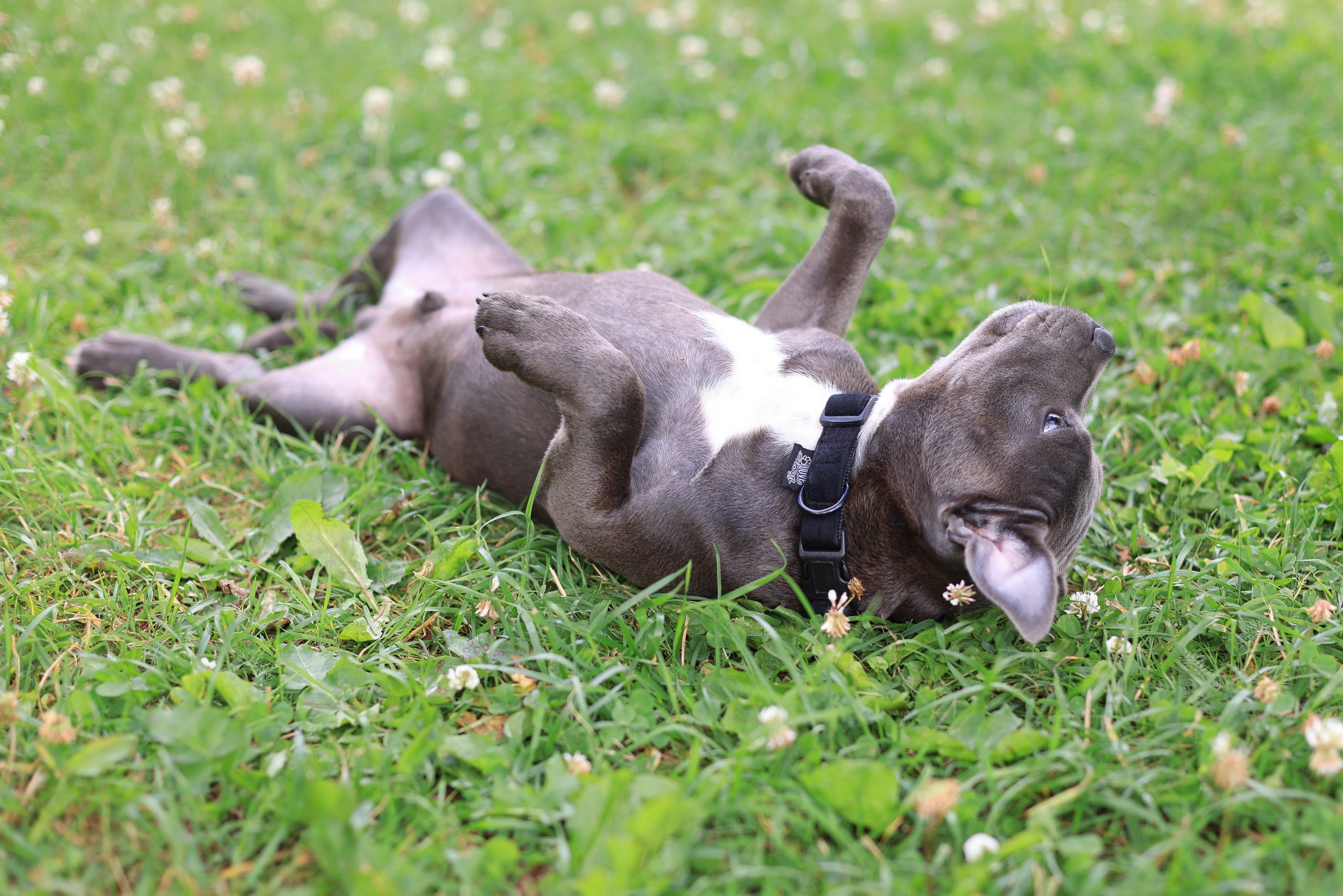Giving a dog a belly rub is more than a simple gesture of affection; it’s a profound communication of trust and comfort between a dog and its human. This behavior, characterized by a dog exposing its most vulnerable area, speaks volumes about the level of trust and bond in their relationship with their owner. Understanding the significance behind this action and what it reveals about your dog’s feelings towards you can deepen your connection. Belly rubs are not just about physical pleasure for dogs; they are a testament to their trust in you, their comfort with being vulnerable, and their way of strengthening the social bond. This article explores the nuanced dynamics of belly rubs and what your dog’s behavior during these intimate moments says about their trust in you.
Exposing Vulnerability
When a dog rolls over and exposes its belly for a rub, it displays high trust. The belly is one of a dog’s most vulnerable areas, where vital organs are located. Exposing this area shows your dog feels safe and secure in your presence. They trust that you won’t harm them and that you protect them. This behavior is a significant indicator of the trust and bond your dog has with you, reflecting their confidence in your relationship.
Seeking Comfort and Security
Choosing to expose their belly and seek belly rubs also signifies a dog’s desire for comfort and security from their owner. It’s a behavior that indicates they trust you and derive a sense of safety and reassurance from your touch. This act of seeking out belly rubs can be seen as your dog’s way of reinforcing their bond with you, showing they find your presence comforting and reassuring.
Enjoying Social Bonding
Belly rubs are not just about trust but also a social activity that strengthens the bond between a dog and its owner. This form of physical contact releases oxytocin in the dog and the human, known as the “cuddle hormone,” which enhances feelings of mutual affection and attachment. Therefore, when your dog requests a belly rub, it’s an opportunity for social bonding, reinforcing the emotional connection between you.
Showing Submission
Sometimes, a dog offering its belly for rubs is a sign of submission. It’s a dog’s way of acknowledging your role as the pack’s leader. This behavior can be traced back to their wolf ancestors, where showing the belly to a more dominant pack member was a sign of respect and submission. When your dog shows you their belly, it can acknowledge your authority, trust, and affection.
Indicating Complete Trust
Ultimately, a dog’s willingness to let you rub their belly clearly indicates complete trust. Trust is the foundation of your relationship with your dog, and belly rubs are a powerful demonstration of this trust. It shows that your dog feels completely safe in your hands, without fear of being hurt or misunderstood. This level of trust is built over time, reflecting the strength of your bond and the positive experiences you’ve shared.
The art of belly rubs is a multifaceted expression of trust, comfort, and social bonding between dogs and their owners. Recognizing the significance behind this behavior can enhance your understanding of your dog’s emotional state and the depth of your relationship. Belly rubs are not just a simple act of affection; they are a meaningful gesture that speaks volumes about the trust and bond you share with your furry companion. By appreciating and respecting this behavior, you reinforce your loving, trust-filled relationship with your dog, ensuring a lifelong bond of mutual affection and understanding.


 Toledo, United States.
Toledo, United States.
